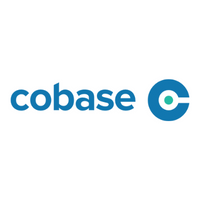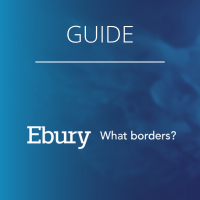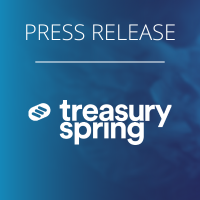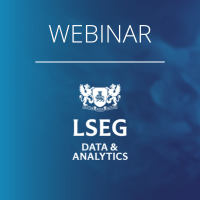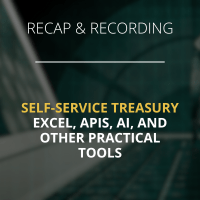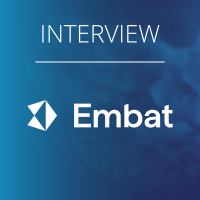However, securing the necessary budget for these solutions, particularly when direct ROI isn’t immediately evident, requires a well-crafted business case.
The Challenge of Securing Budget
Gaining approval for treasury solutions in a budget-conscious environment is a common hurdle. In an era where financial prudence is paramount, investments in technology like a TMS or Payment Hub must be justified beyond traditional ROI metrics. This necessitates a compelling and comprehensive business case.
Articulating the Need
The journey begins with a clear articulation of the strategic need for a treasury solution. This involves:
- Assessing Current Operations: Conduct a thorough analysis of your current treasury operations to identify inefficiencies and areas for improvement.
- Aligning with Organizational Goals: Demonstrate how a treasury solution aligns with broader business objectives, such as growth, risk management, and operational efficiency.
Incorporating Best Practices and Research Data
Leading consulting firms like McKinsey & Company, Deloitte, and PwC emphasize the importance of digital transformation in treasury. Their research indicates that:
- Companies that digitize key financial operations can see a reduction in processing costs by up to 30%.
- Advanced analytics in treasury management can enhance forecasting accuracy by up to 40%.
Beyond Direct ROI: The Holistic Benefits
While direct ROI is crucial, the broader benefits of treasury solutions often provide a more compelling argument:
- Enhanced Risk Management: Improved financial controls and fraud detection capabilities significantly reduce exposure to financial risks.
- Operational Efficiency: Automation of routine tasks leads to efficiency gains, with some studies showing a reduction in transaction processing time by up to 70%.
- Future Scalability: A scalable treasury solution can adapt to growing business needs, avoiding future system overhaul costs.
- Data Integration and Real-Time Insights: Access to real-time financial data empowers better strategic decision-making.
Building the Business Case
Crafting a persuasive business case involves:
- Gathering Evidence: Use industry benchmarks and case studies to support your argument.
- Quantifying Benefits: Where possible, translate efficiency gains and risk reduction into financial terms.
- Creating a Narrative: Develop a narrative that connects the treasury solution to the strategic vision of the organization.
- Engaging Stakeholders: Tailor your communication to address the specific interests and concerns of different stakeholders.
As we blend the rich insights from industry best practices and research data, we remember that at the center of it all is a human story. It’s important to understand the aspirations and challenges of your team, the vision of your leaders, and the collective goal of your organization. It’s about championing a solution that doesn’t just promise financial stability but also fuels strategic growth and innovation.


